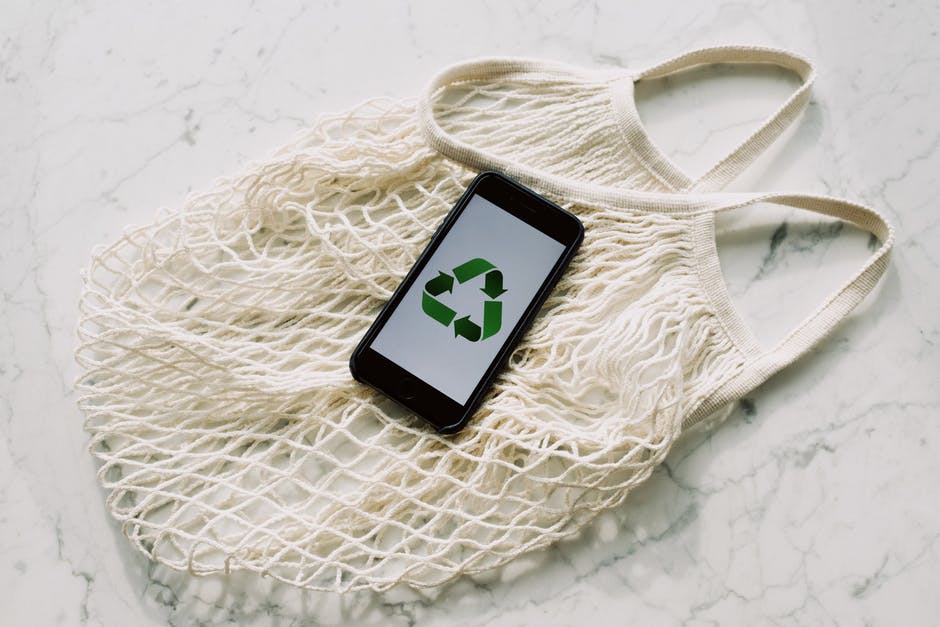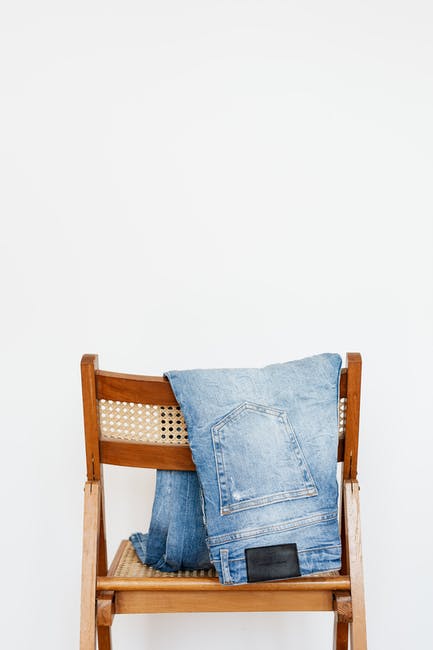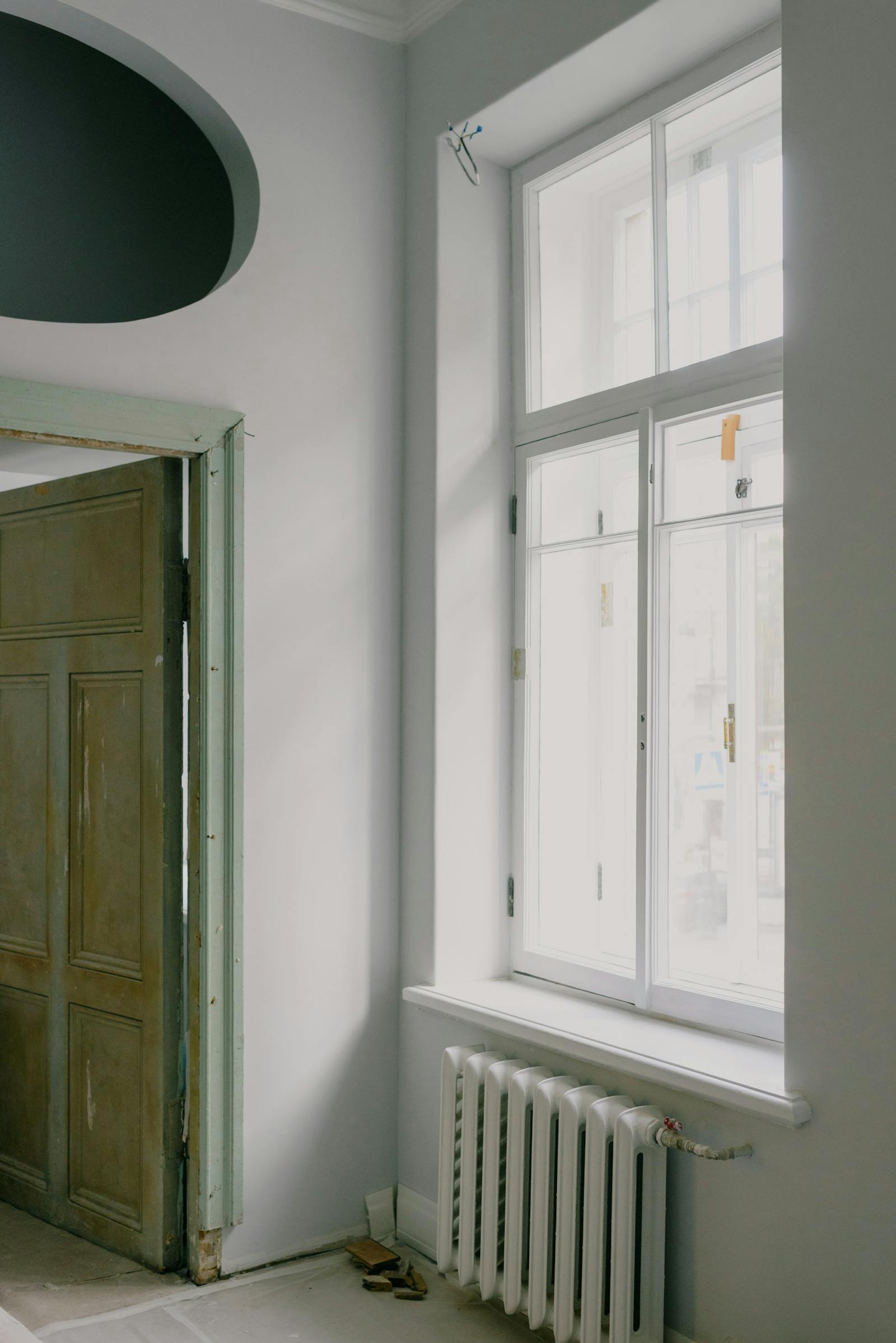Fashion is more than just shoulder pads and layered skirts. It’s also about features that make it ethical, sustainable, and eco-friendly as much as possible. But behind the fashion industry’s glamour, it cannot be denied that there are interpretations of men and women who are struggling to survive the needs of the industry. When it comes to fashion, we are also surrounded by a lot of different terms such as ethical fashion, responsible fashion, sustainable fashion, eco-fashion, and fair fashion. This post intends to give clearer insights on the last type, which is fair fashion.
What is Meant by Fair Fashion?
Fair fashion is a type that foster change not just for fashion products but the entire fashion system as well to move towards social justice and ecological integrity. This is more than addressing fashion products and needs. This covers the entire fashion system. Fair fashion could also mean a unique approach in sourcing, manufacturing as well designing clothes, maximizing the benefits to the fashion industry and the society as a whole. In a fair fashion, this approach is carried out, ensuring that impacts on the environment are minimized.
The Pros and the Cons of Fair Fashion
Fair fashion also has its unique sets of strong and weak points. The following highlights the pros and cons of fair fashion:
Pros:
Sustainability
Fair fashion products are manufactured and being marketed and widely used fairly and sustainably, taking into account socio-economic and environmental aspects.
Minimizing Bad Environmental Effects
Fair fashion minimizes the bad effects of the products’ life cycle to the environment by ensuring careful and efficient use of natural resources. These resources include ecosystems, biodiversity, plants, animals, soil, energy, land, and water. This also minimizes undesirable effects on the environment by choosing renewable energy sources like solar, wind, and more at each stage. Fair fashion can also mean maximizing reuse, remaking, recycling, and repairing products and their components.
Reduced Pollution
Fair fashion can greatly reduce pollution in the fashion industry. This is one clear implication that fair fashion is a type of fashion that does not cost or harm the Earth.
Cons:
- Some individuals say that fair fashion is somehow boring, not trendy or the designs and patterns aren’t interesting.
- The cost in this type of fashion is quite high and massive. This, therefore, means that price point is one of the biggest disadvantages of fair fashion. High prices for ethically made and sustainably sourced clothing tend to limit buyers’ potential in the fair fashion market. Therefore, this keeps the cost of production high and the rate of change slow within the fashion industry.
- Other disadvantages that may occur over time are the slow rate of turnover, disruptions, and negative global impacts.
Designers have a different approach to how they tackle fair fashion along with its changes and evolution. Nevertheless, most of them have core values that never change, and that is fair fashion means wanting positive impacts at every stage of the design process. What does fair fashion really mean to you? You are free to comment down or share your opinion about this topic.



















